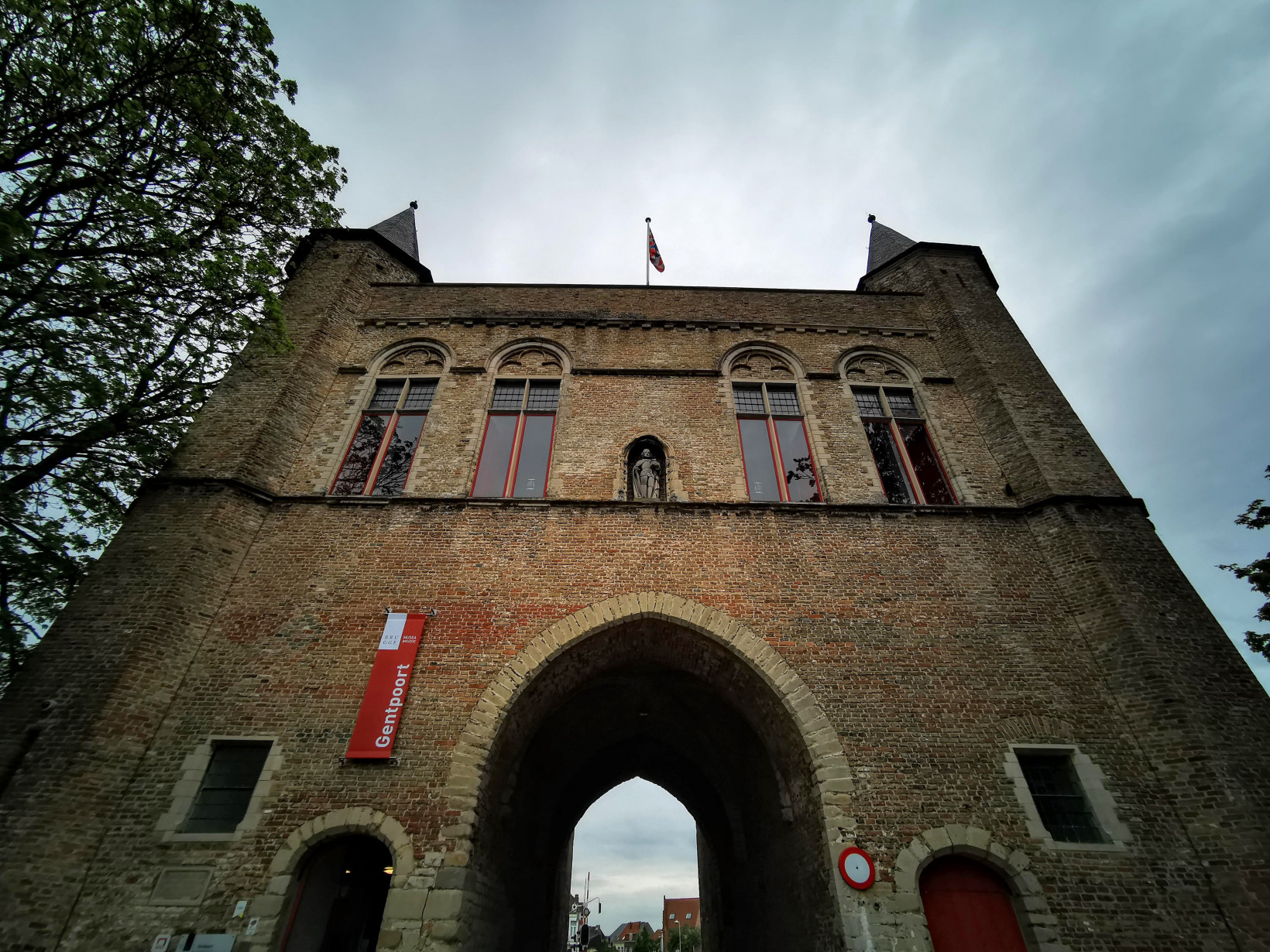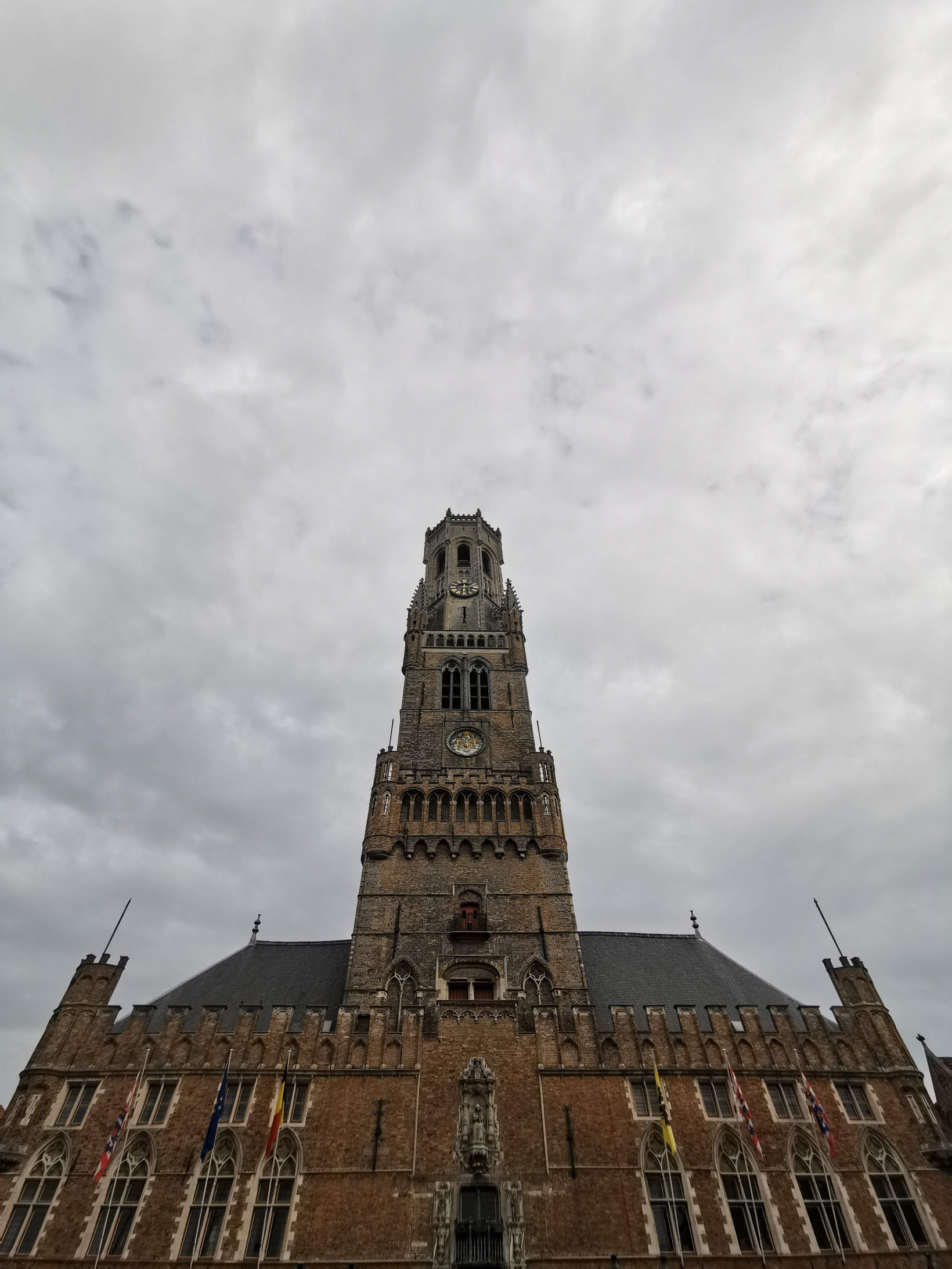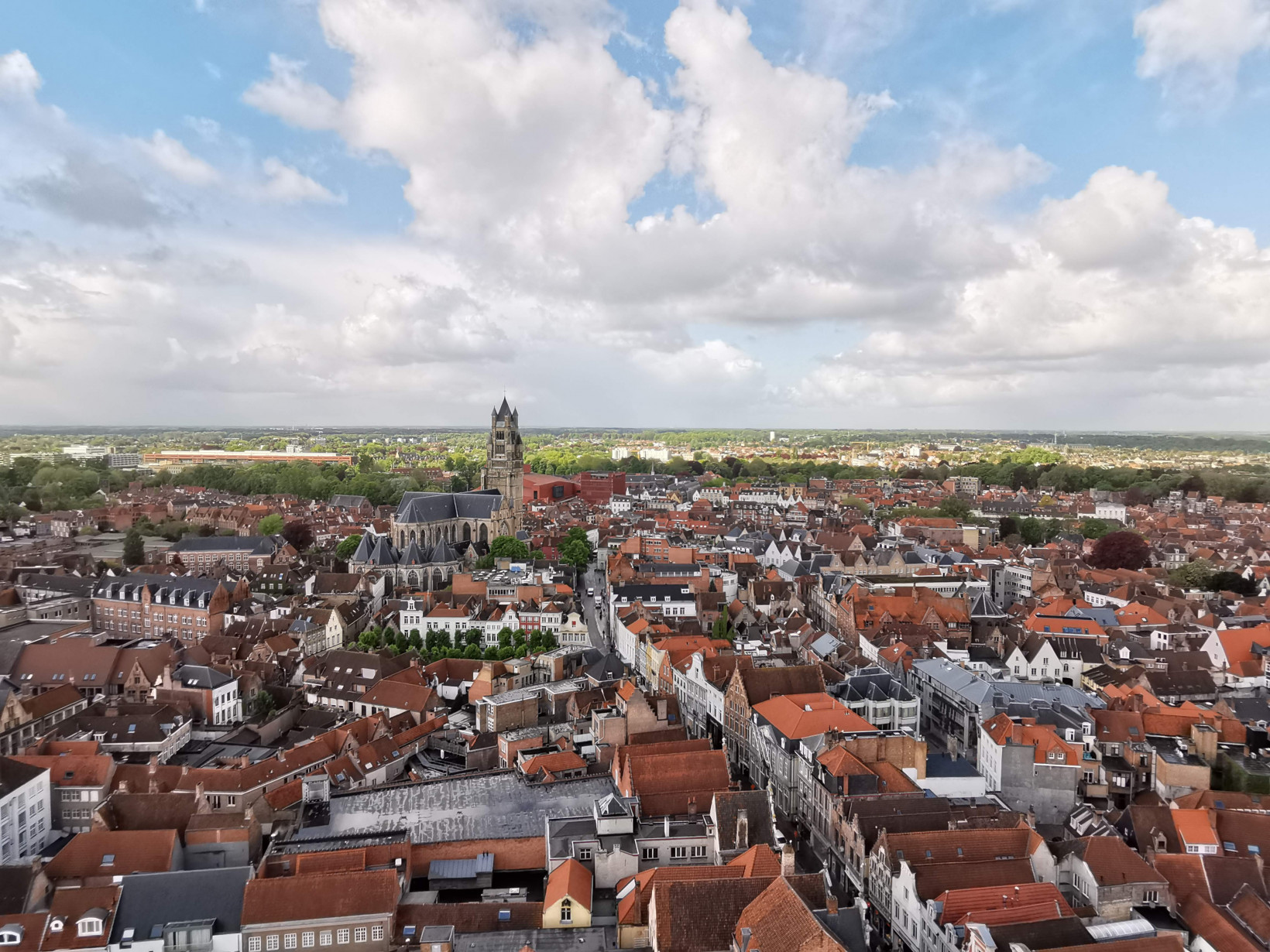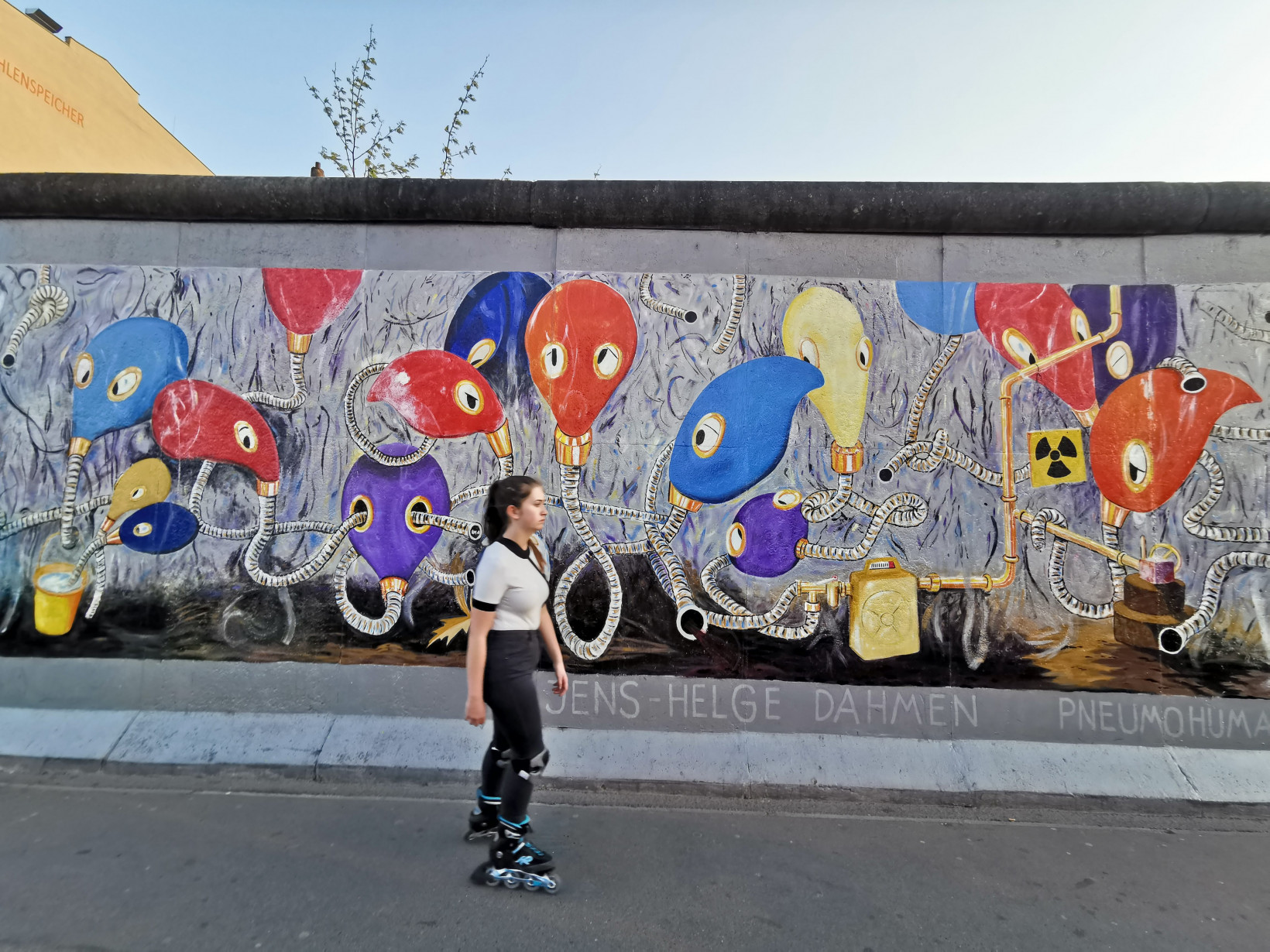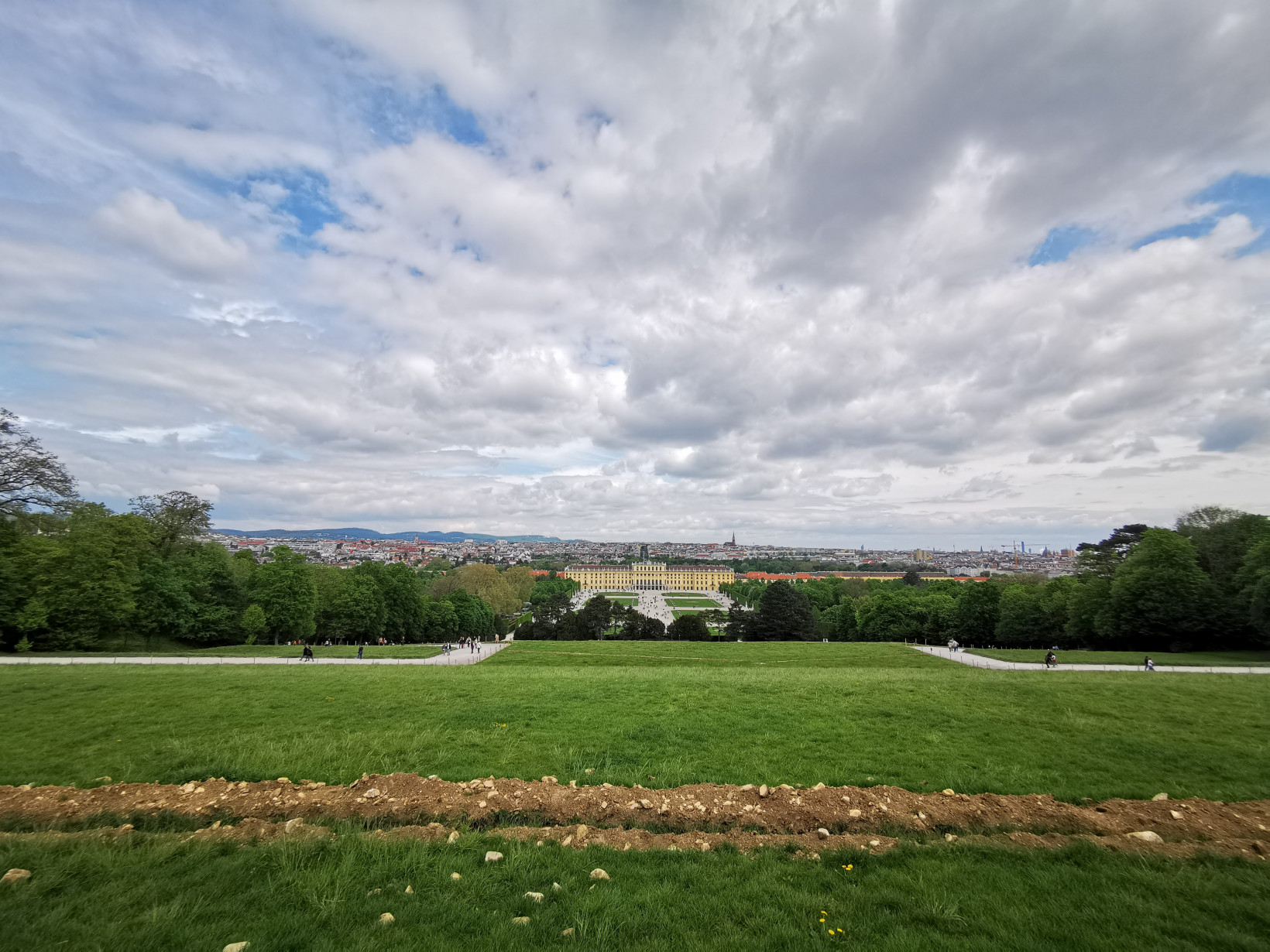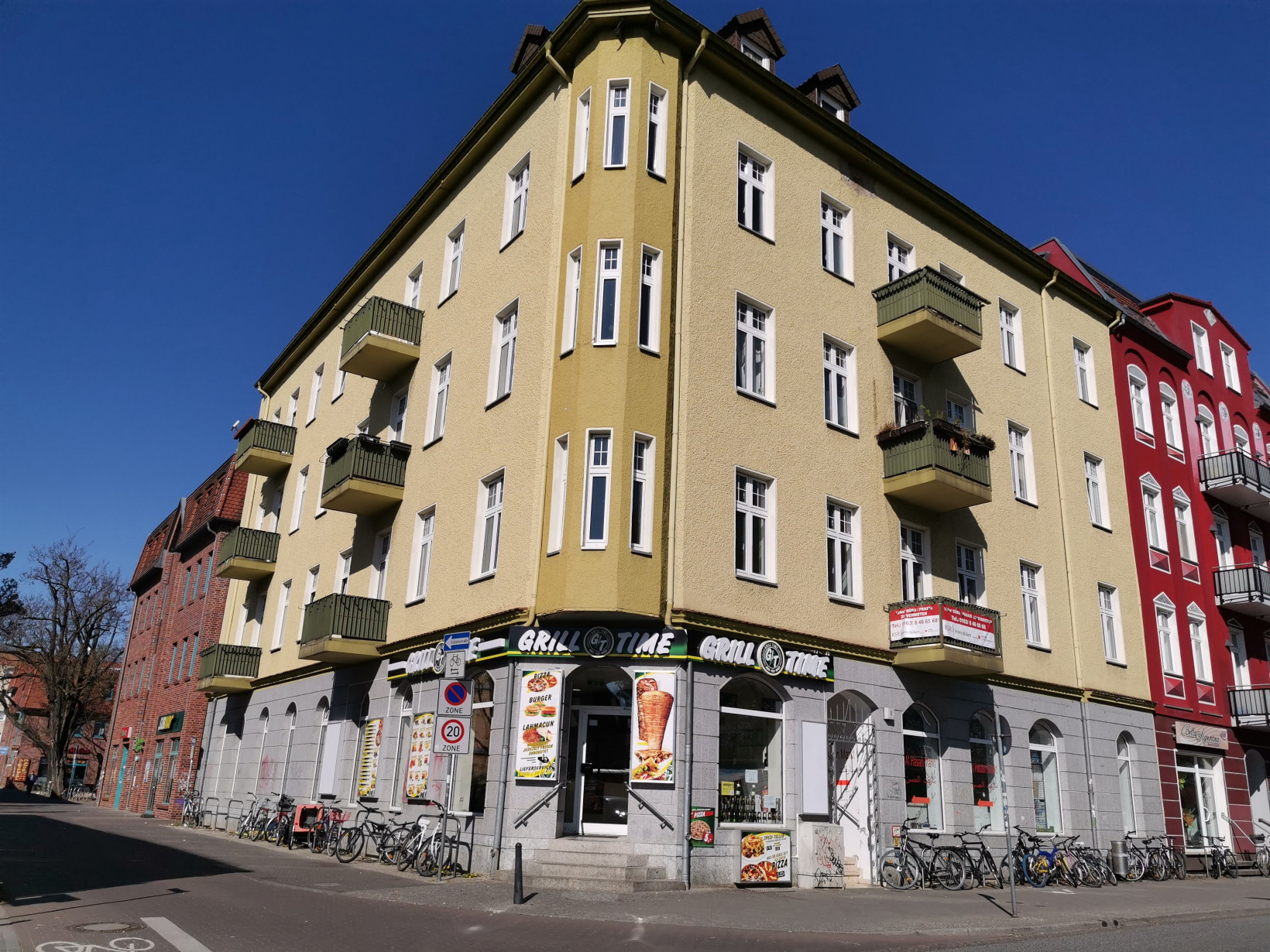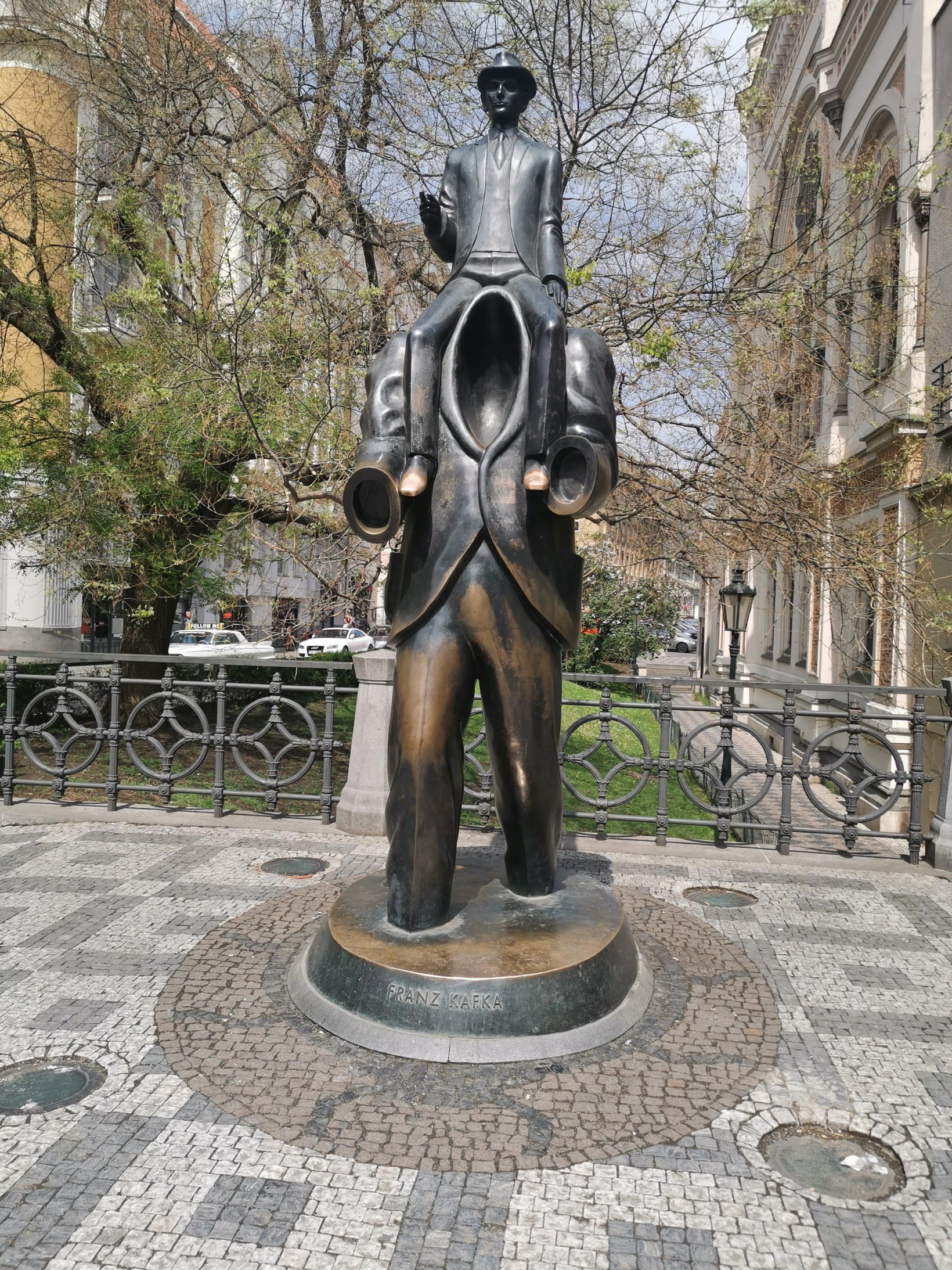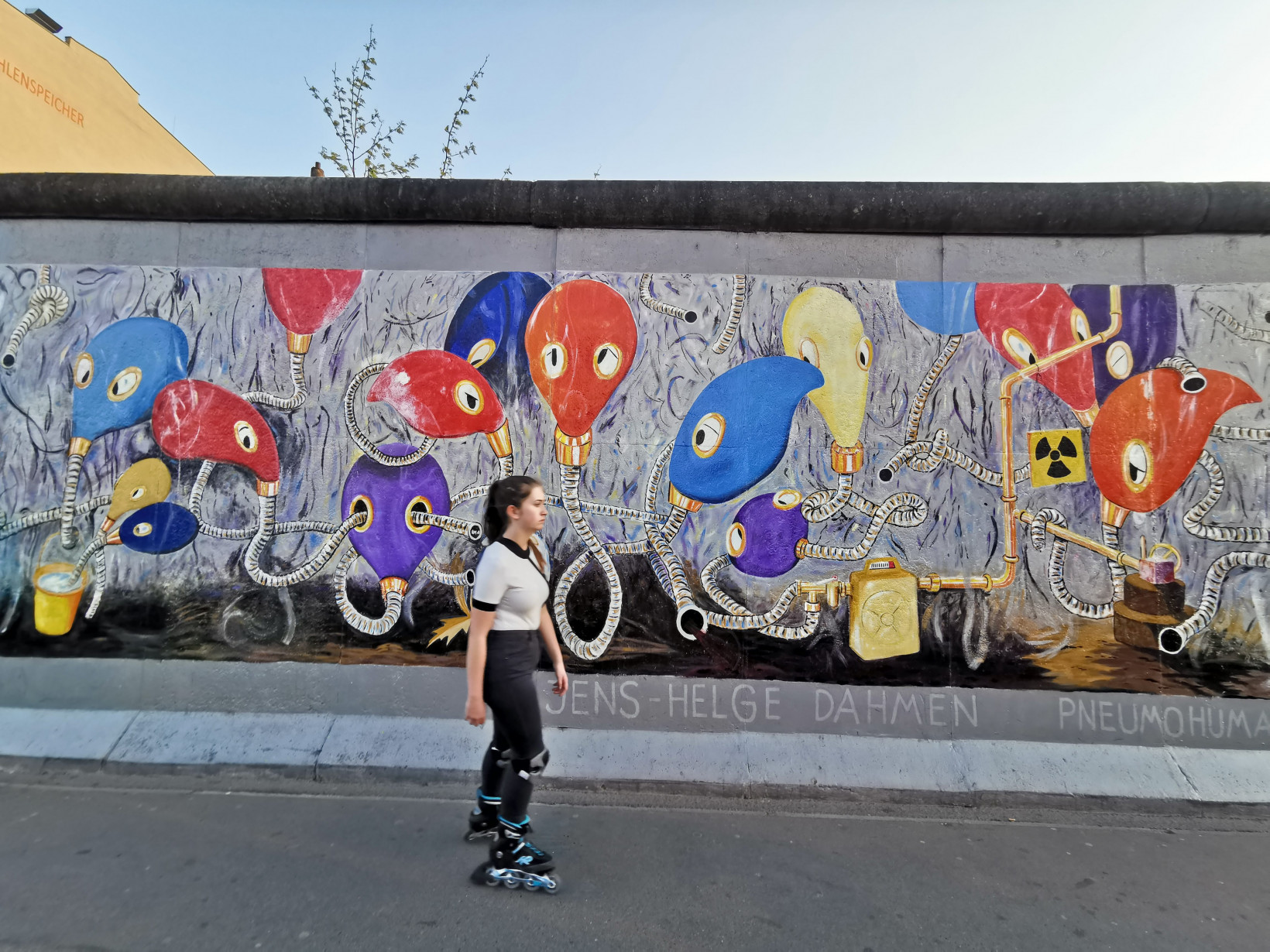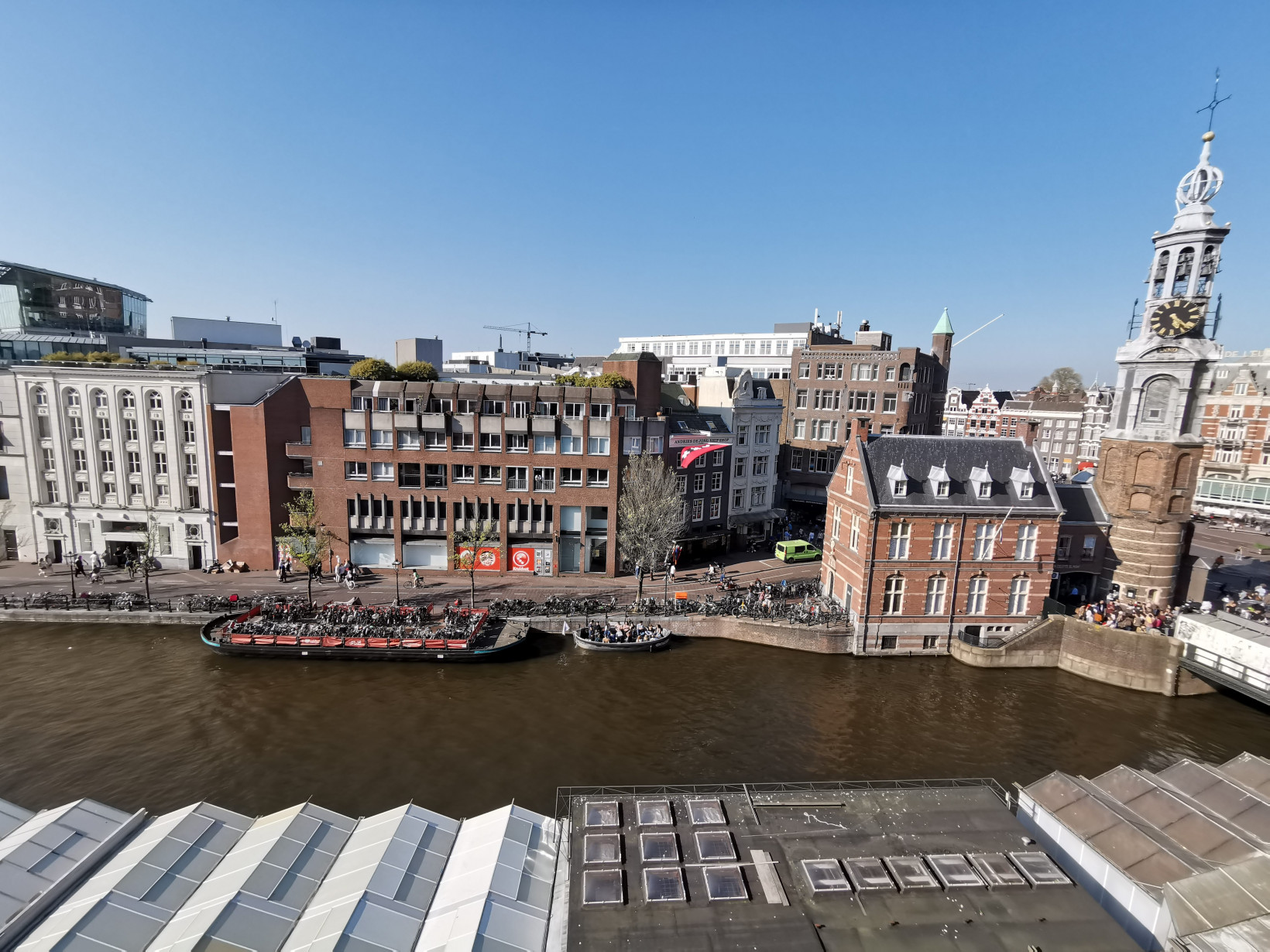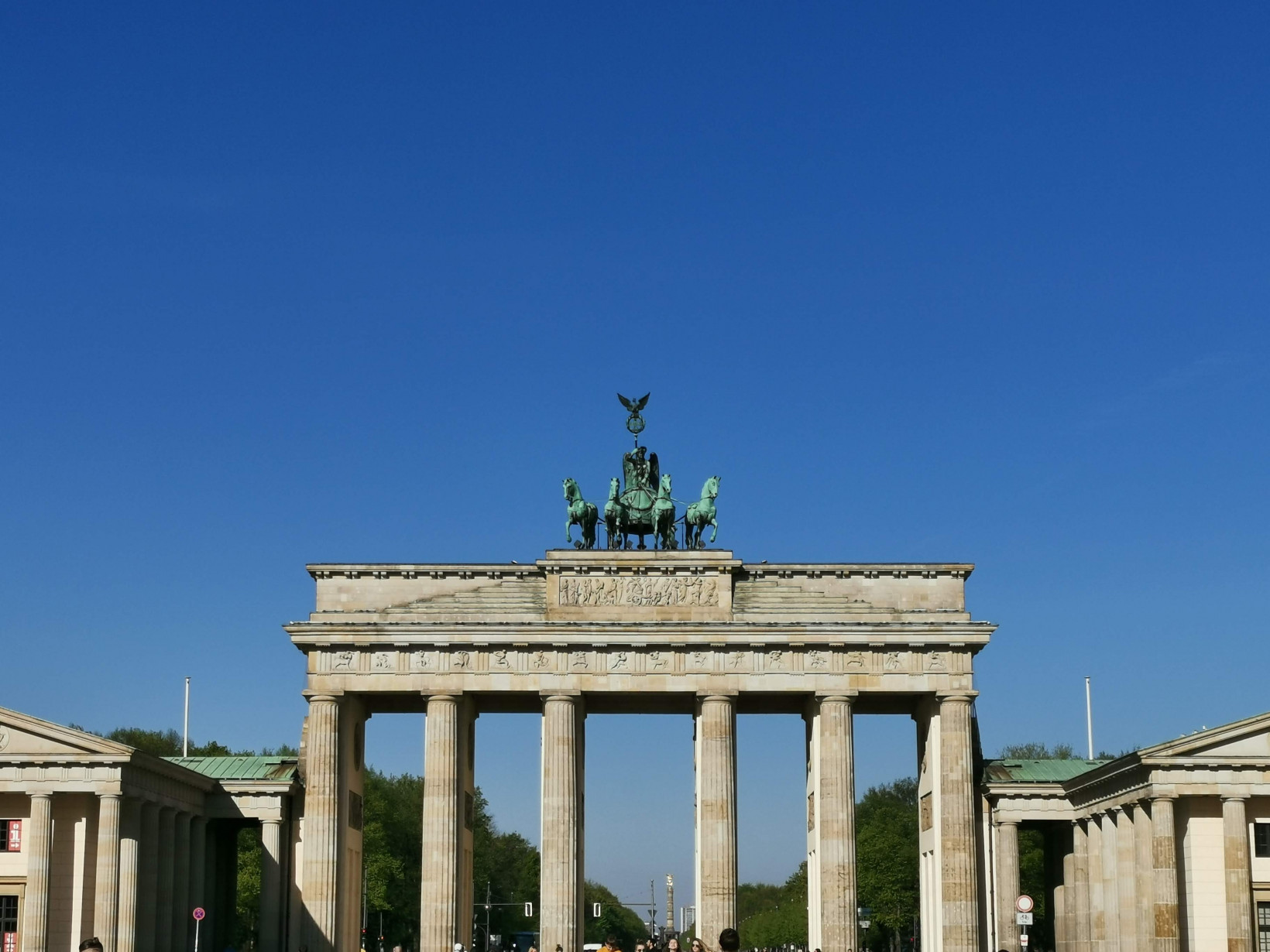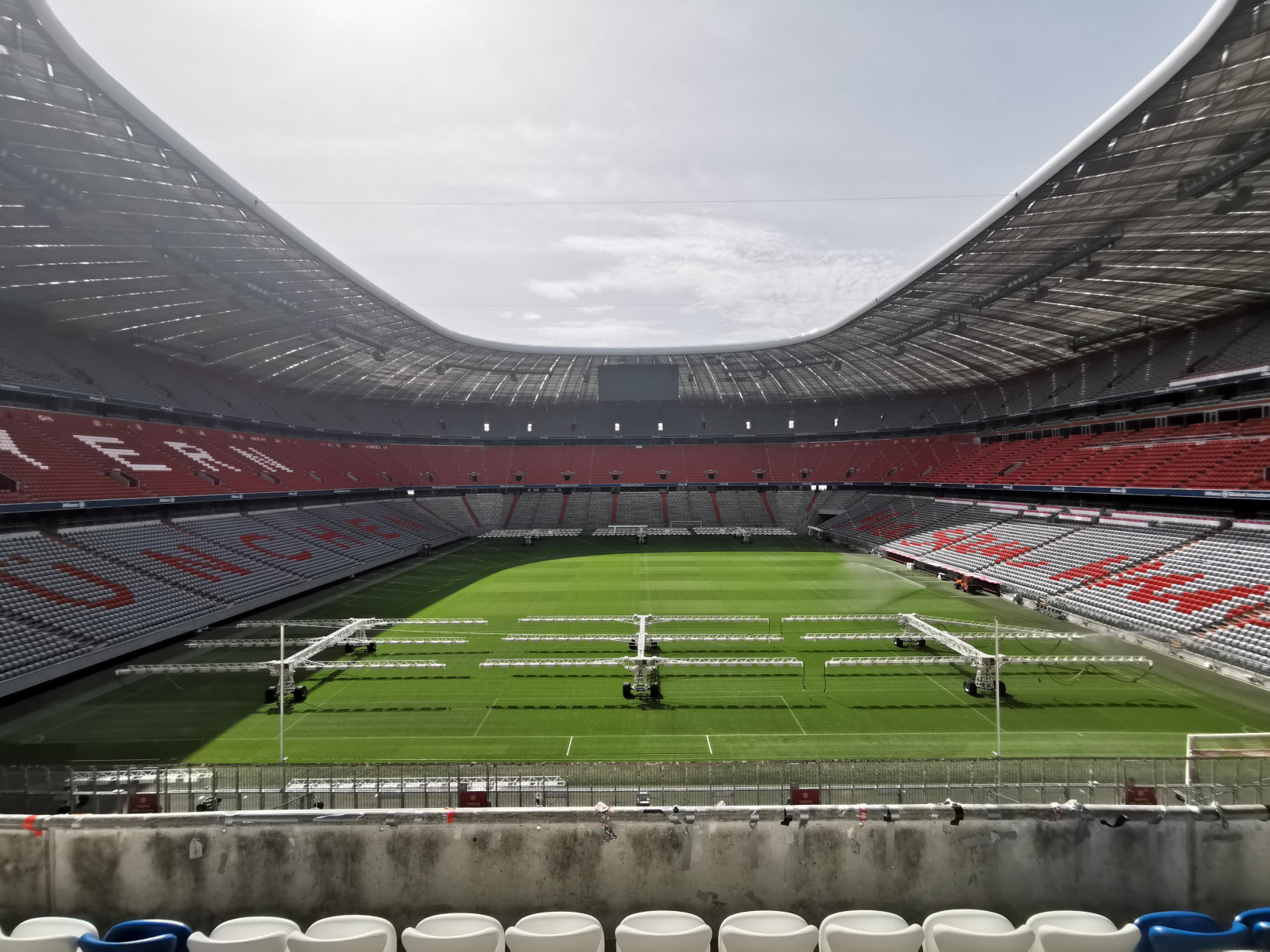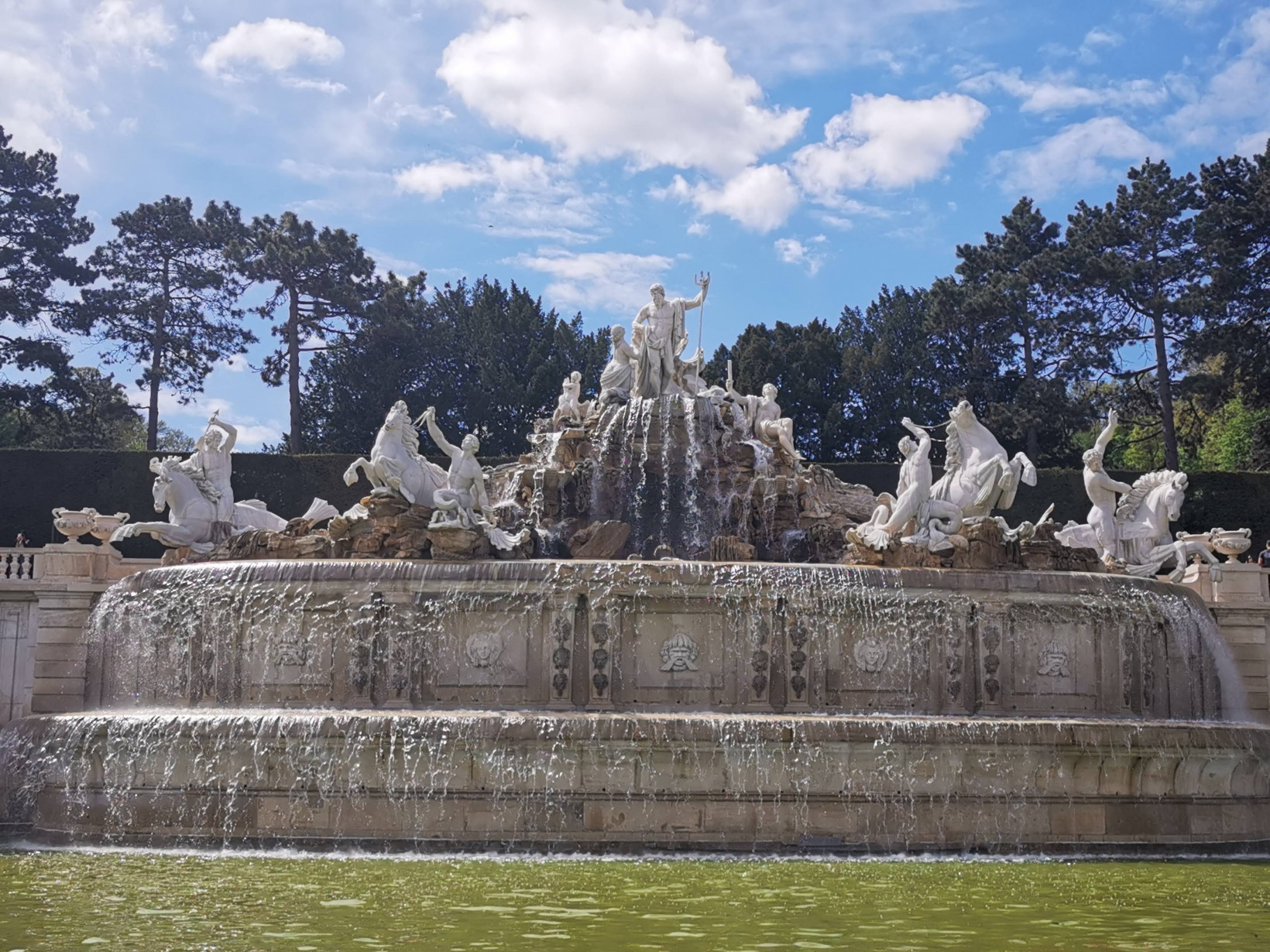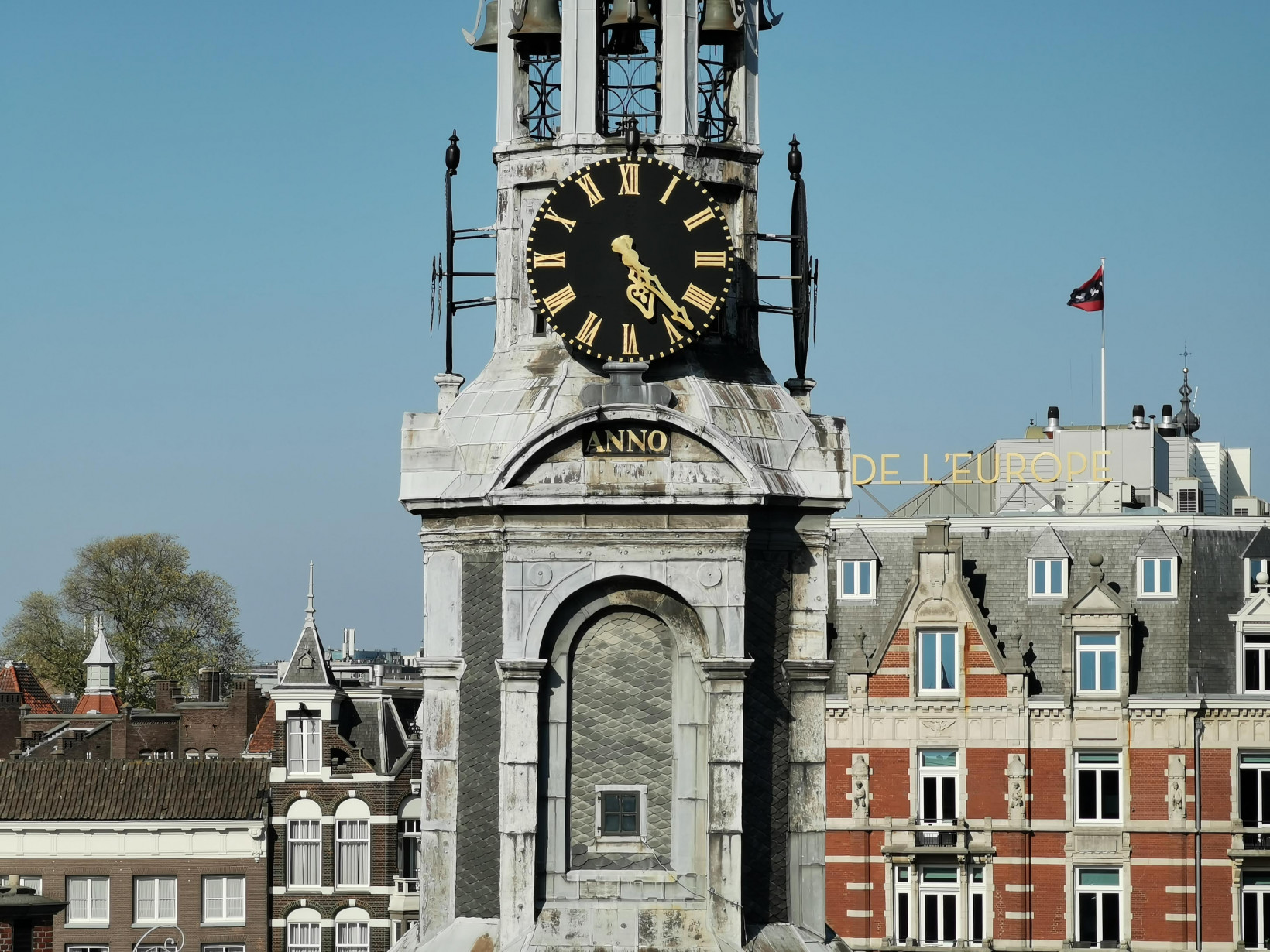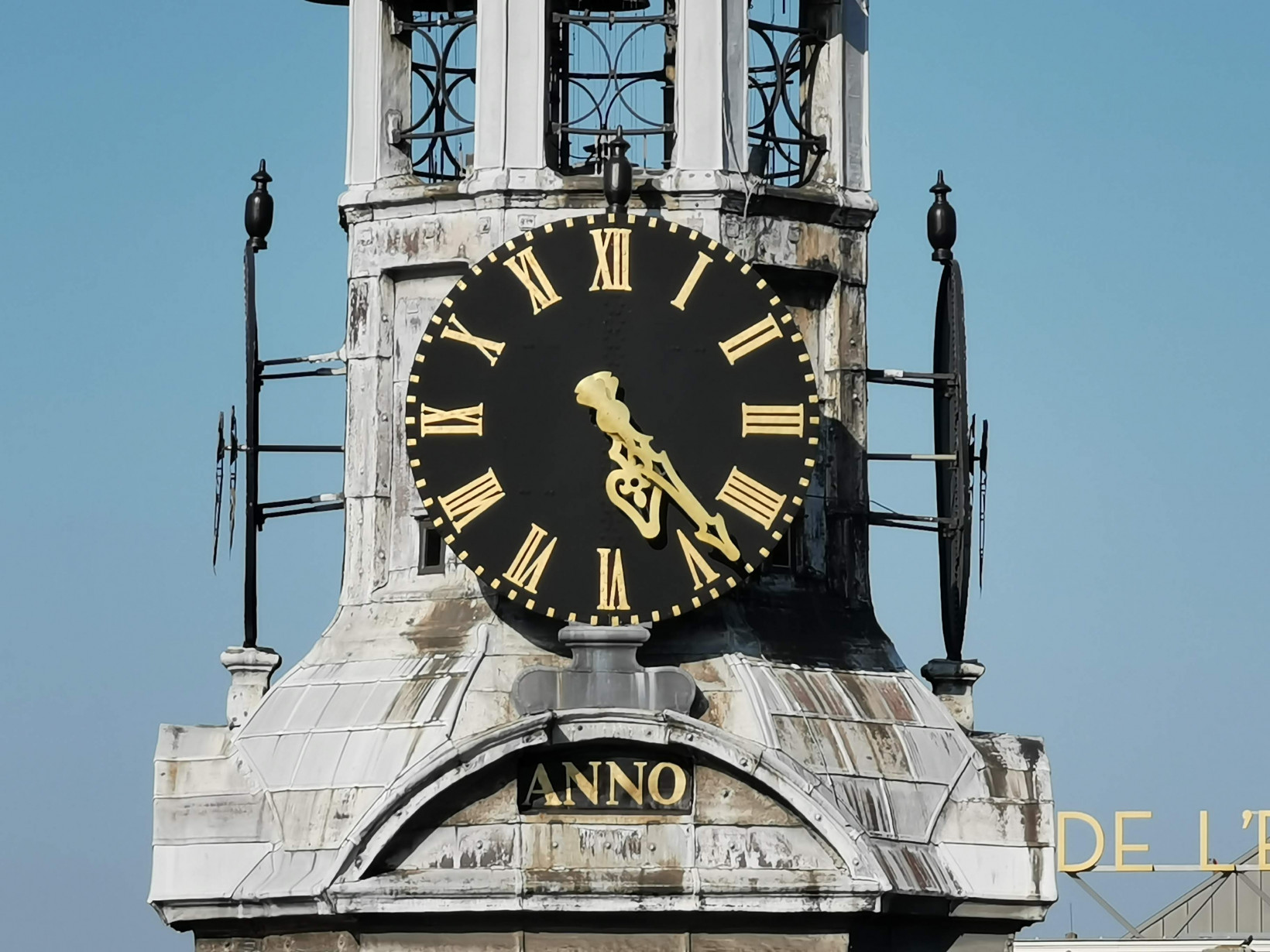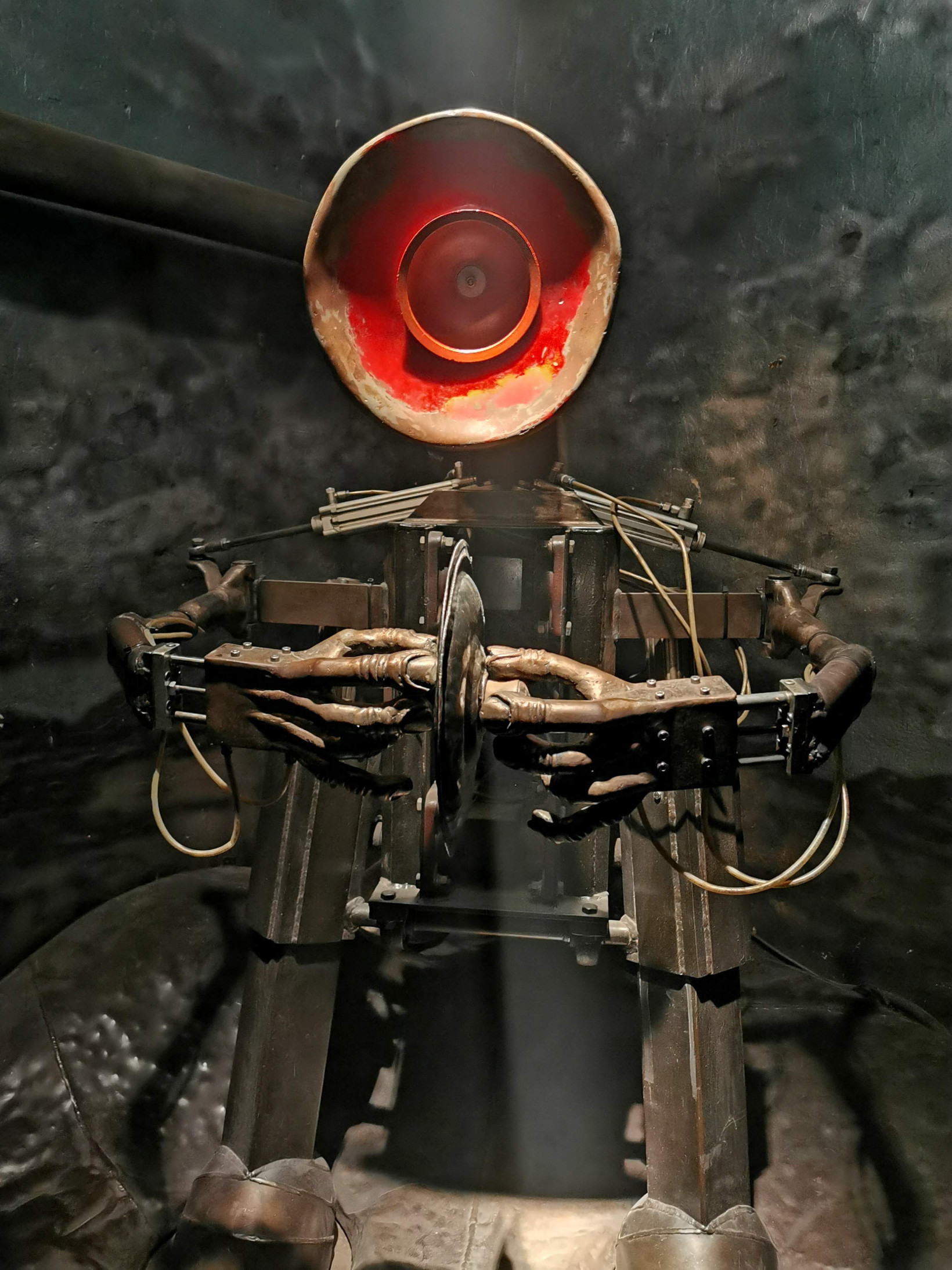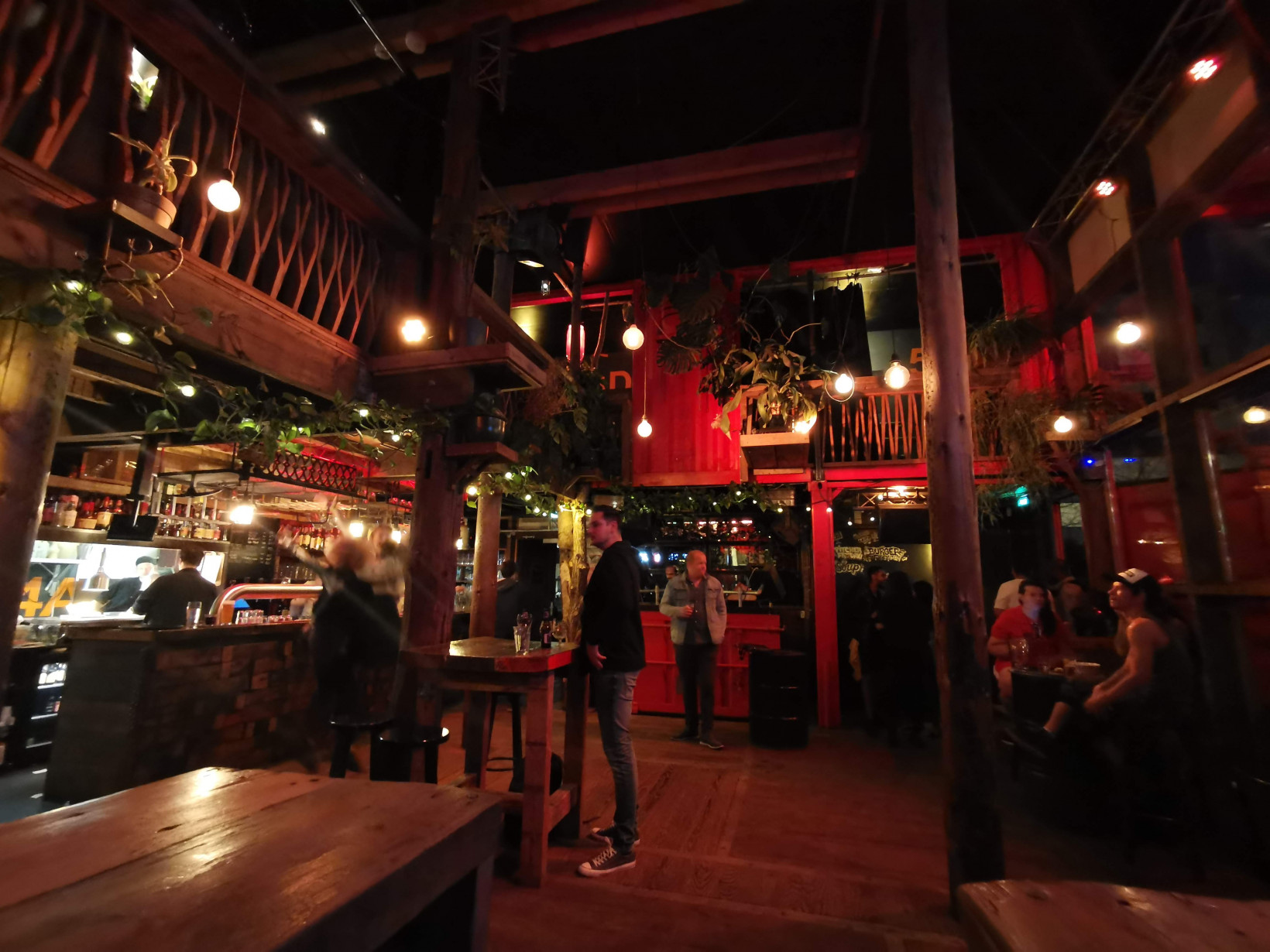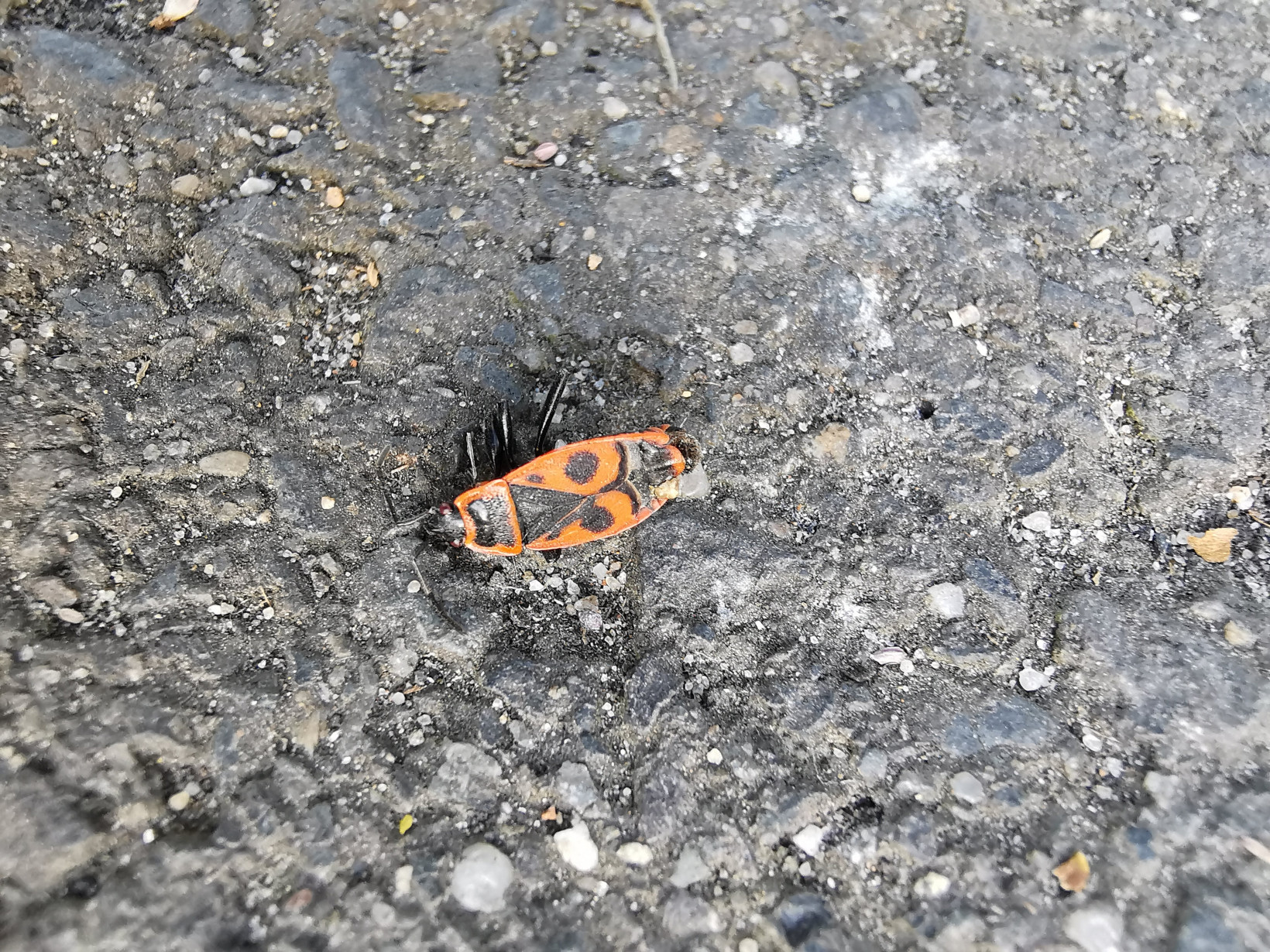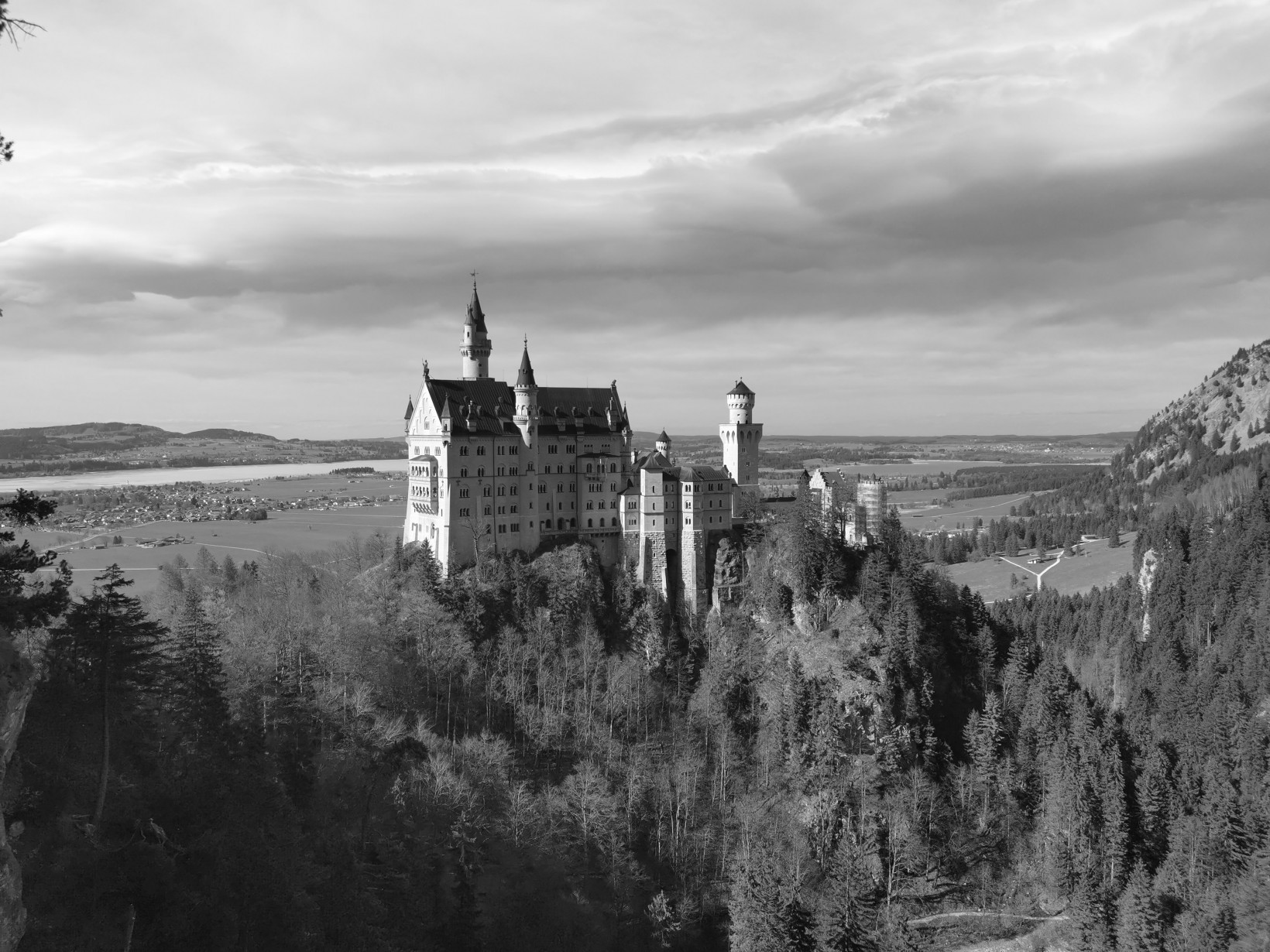But, I had to decide what my secondary handset would be. I almost chose the Pixel 3 XL (which I had been using for months), but instead, I went for the Huawei P30 Pro – mostly because of its quad-camera system. And after using it consistently during my travel I was convinced that my choice was right. I’ll talk about the camera results in a bit. First, the camera specs: The P30 Pro
40-megapixel, f/1.6 wide-angle lens 20-megapixel, ultra-wide angle lens 8-megapixel, f/3.4 5x telephoto lens ToF (time-of-flight) depth-sensing camera 409,600 ISO 32-megapixel front camera, f/2.0 aperture
While I snapped a lot of photos, with the primary sensor, I’ll start with my favorite sensor – the ultra-wide angle. Naturally, this one’s super useful to capture wide landscapes and views of the city from heights, but it’s useful to capture monuments in their full glory too. Often there are a ton of people near a monument and let’s face it, photos with crowds don’t really look good. So, you can always walk right up to the monument and switch to wide-angle mode to get a clear picture without anyone in the frame. Let’s talk about the primary sensor now. Huawei has simply nailed it with point-and-shoot photography, both with their hardware and software. Photos snapped from this sensor are extremely detailed and punchy. Colors are pleasant to look at. The camera had a tendency to lean slightly towards blue color in the final output. The photos are not as contrast-heavy as the Pixel 3, but they’re still vivid enough. I’ve not generally been a fan of AI modes in phones, but Huawei has done a pretty good job in that department with the P30 Pro. The company claims that its AI can recognize up to 5,000 objects and 1,500 different scenes. I’ve not tested that claim, but it can certainly recognize some general objects like flowers, cars, and buildings. After that, it makes certain adjustments to the photo in terms of brightness, contrast, and color, none of which are thankfully not too harsh. Next, let’s talk about the zooming capabilities of the phone. Because of the periscope mechanism inside, the company’s been able to achieve 5x optical zoom on the device; digital zoom goes up to a whopping 50x. Now, you won’t be using that amount of zoom on every other occasion, but photos from anywhere between 1x-10x turn out fine. And they’re quite handy when the object you’re shooting (say a statue or a painting) is a bit far away. Below is an example of 5x, 10x, and 50x zoom. Did you notice that insanely high ISO up there in the specs? It’s not there for nothing. Because of that, you can take beautiful photos even when you can’t really see much. And there’s a night mode for longer exposure too. I took some of the photos below in pitch dark, in a ‘Monster Museum’ in Berlin. Huawei’s camera software is pretty nifty too. It comes with a feature-rich pro mode, a monochrome mode, HDR mode, and a Macro mode to take close up photos of small objects. All of these options are pretty helpful to have in your pocket, so that you can snap diverse photos without much hassle. Apart from its camera prowess, the P30 Pro packs a punch in performance too with its 7nm Kirin 980 processor. Plus, it has a 4,000 mAh battery that lasted me easily more than a day’s heavy usage of Google Maps, camera, and Instagram. Thankfully, Huawei includes a powerful 40W charger in the box for fast charging. So, even if the phone was low on juice, I could plug the phone in just for a couple of minutes, and I was good to go. I know this is quite an unfortunate time for Huawei because of the US ban. It wouldn’t be wise to ask you to buy this phone at its retail price. However, the company has promised security updates and after-sales support for the current crop of devices. So, if you get a chance to buy this device on a discount, it might not be a bad option at all. After all, this is one of the, if not the, best cameras you’ll get on a phone this year.

